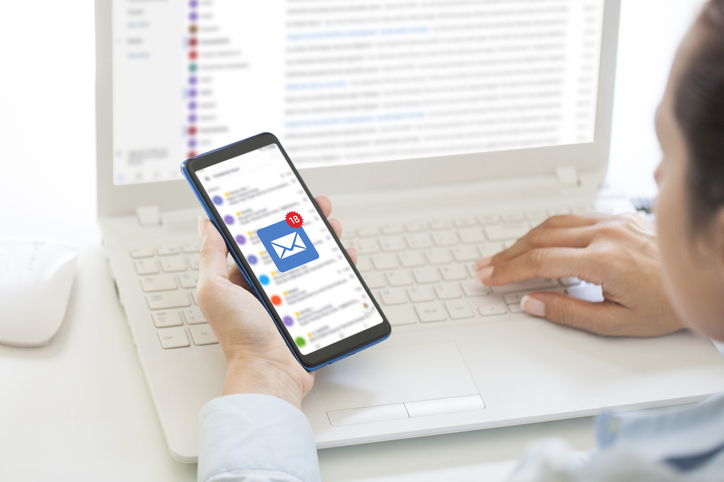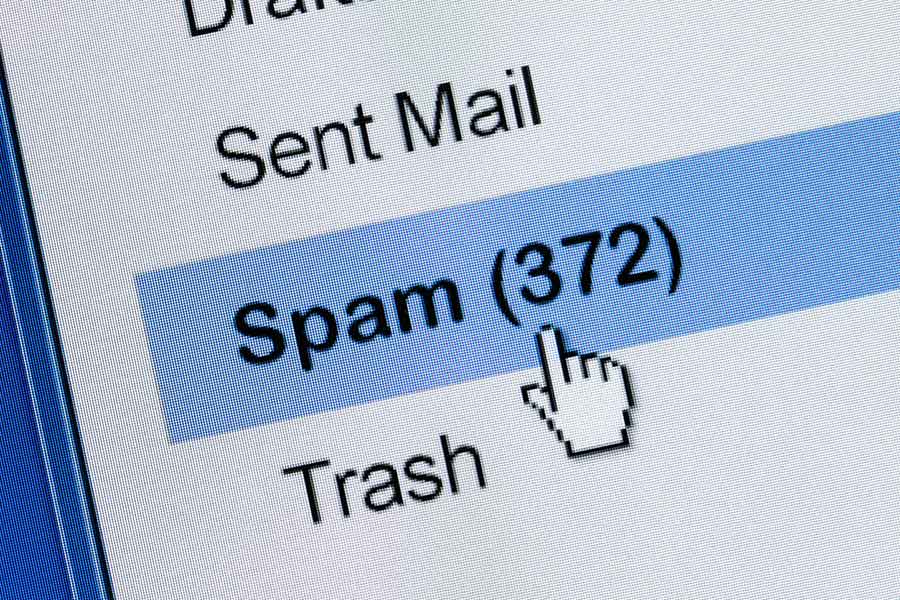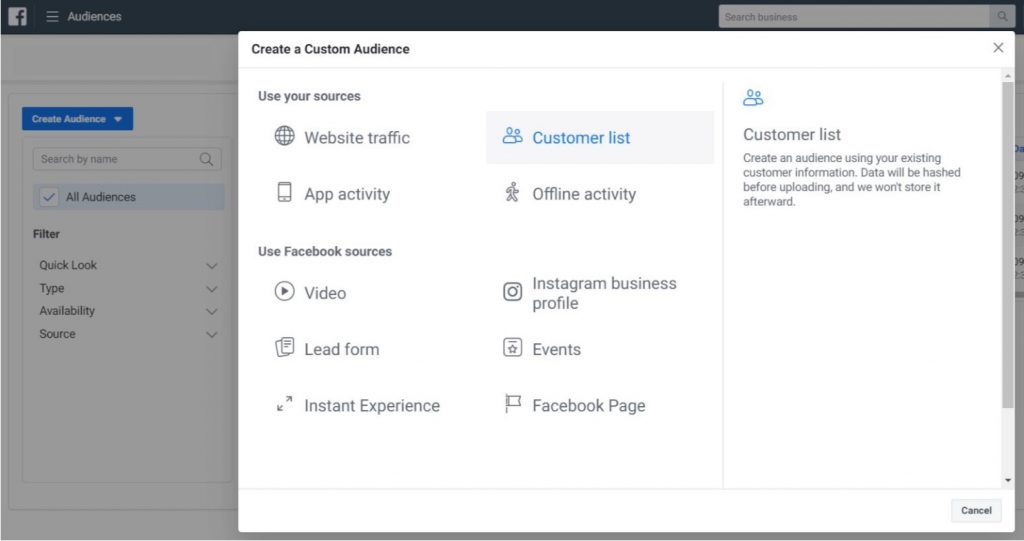4.3 billion people use email, which is more than half of the world’s population! That’s also more than the number of users on Facebook, Twitter, Instagram, or any other social media platform. It’s proven to be effective for marketers and business owners, too! In 2021, the average return on investment for an email marketing campaign is about $42-$50 for every $1. Creating and maintaining an email marketing list can sound like a daunting task, but it’s truly transformative for small-mid-sized businesses when executed correctly. Here are the best email marketing tips for medium-sized businesses.
Grow Your Email Marketing List

It’s common for businesses to offer a free resource such as an ebook or download. While these strategies may have worked in the past, it’s better to focus on providing your potential customer with information that is not only resourceful but applicable. This should be something that they can not only read, but also use.
For example, a physical checklist for an SEO manager or a list of approved vendors for an event planner. These two offerings not only provide the user with information but also a call to action or task.
Another easy way to grow your email marketing list is by placing an email opt-in for online orders on your website. This ensures that you’re adding quality leads to your email list that are already engaging with your brand. However, it’s important to ensure the email field contains an “opt-in” to comply with email marketing and spam policies placed by both the government and various email service providers.
It is also important to not cut corners when it comes to growing your list. In order to actually see a return on your investment and efforts, you need an engaged audience who actually wants to hear from you. Because of this (and many other reasons) do not buy or “rent” an email marketing list. This one mistake may lead to low open rates, no sales, and possible fines from Google or the government.
Email Marketing & Audience Segmentation

Once you’ve grown your email marketing list, it’s time to implement a maintenance plan. Over time, you will notice contacts that repeatedly bounce or ignore your emails altogether. These contacts take up space within your audience, lower your engagement and click-through rate, and do not provide any value. Because of this, you will want to clean your email marketing list every six months.
In order to increase your engagement, click-through rate, and general sales, you will need to segment your email marketing list. In fact, 77% of email marketing ROI comes from segmented campaigns. Segmentation sounds difficult, but it’s a super simple concept.
For example, say you own a company that buys businesses from those ready to retire. However, your service also includes finding a young entrepreneur to buy that business. Here, you’d have two completely different groups within the same audience that you are targeting: the buyer and the seller. The message, information, and resources you provide with the older business owner will differ from that of the young entrepreneur.
When you consistently send the wrong segment the wrong message, they will likely unsubscribe or ignore your emails.
There are two popular ways to segment your audience: demographic and behavioral segmentation.
Demographic segmentation includes factors like location or a company’s size. Behavioral segmentation includes actions like previous purchases, lifecycle stages, and customer loyalty. In short, this kind of segmentation allows you to cater to your audience based on their previous actions.
Avoid Spam and the Promotions Tab

When an email falls into the spam or promotions tab, the likelihood of obtaining an open or sale drops dramatically. Think about it, when was the last time you clicked on either of these tabs? Most users will either ignore or mass delete any messages that land in these two areas of an email account.
Unfortunately, a lot of business owners will spend time and effort on an email marketing campaign only for it to land in the spam or promotions tabs and go completely unseen by its audience. Luckily, we know a few tips to help you avoid the graveyard that is the spam and promotions tabs:
Audience Engagement: Each time a user ignores, deletes, or does not open an email sent from your address, the user’s email provider essentially counts that as a “mark” against you. Meaning, over time, if users are consistently ignoring your messages, the email provider will recognize that your emails are not resonating with the user. Then, the email provider will begin to place your emails into the spam folder. This is another reason why email segmentation and tailoring your message to different groups within your audience are extremely important.
Avoid Spam Trigger Words: Using particular words and phrases like ‘free’, ‘best price’, ‘cash’, ‘no obligation’ in your subject line can raise spam flags and cause your campaign to be filtered out of your recipients’ primary inbox. For more examples of words that can land your hard work right in the spam folder, check out this HubSpot article. False promises from the subject line can also have the same effect and make your message appear spammy.
Set Email Address: Oftentimes, you’ll see emails from companies that look something like “contact@apple.com” or “hello@apple.com.” For small-mid-sized businesses, it is best to steer away from the corporate or formal feel of these addresses to avoid falling under the promotions tab. Instead, try using something more personal by using a real name, like “steve@apple.com.” This has also been shown to increase user engagement because the user feels that they are speaking to a real person instead of an automated message or robot.












